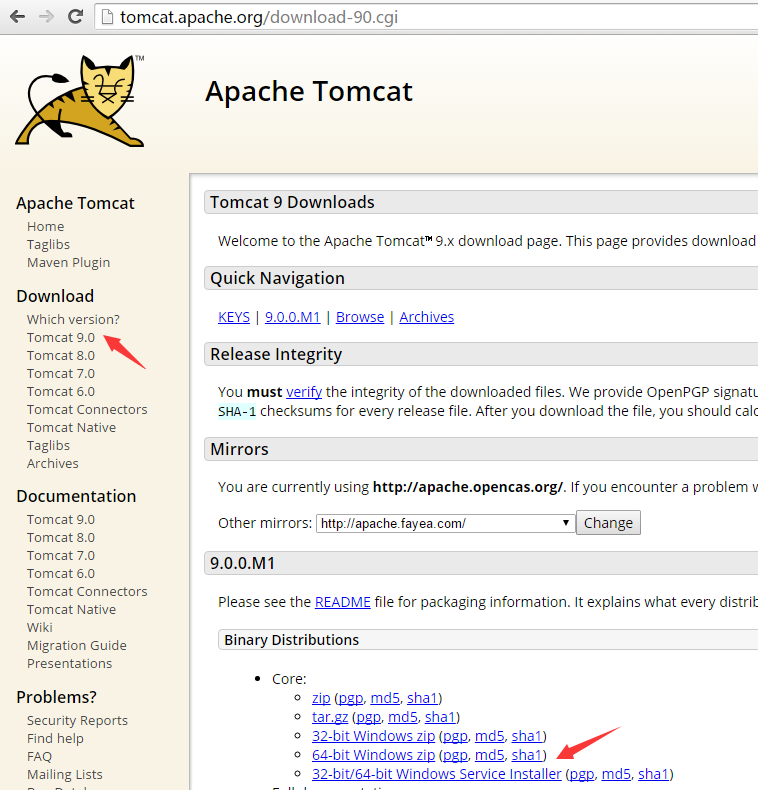Linux设备驱动——虚拟总线platform
在Linux设备中有的是没有对应的物理总线的,但为了适配Linux的总线模型,内核针对这种没有物理总线的设备开发了一种虚拟总线——platform总线。
一、平台设备(device)
1.平台设备是用struct platform_device结构来表示的,它的定义如下:
struct platform_device {const char *name;int id;bool id_auto;struct device dev;u32 num_resources;struct resource *resource;const struct platform_device_id *id_entry;char *driver_override; /* Driver name to force a match *//* MFD cell pointer */struct mfd_cell *mfd_cell;/* arch specific additions */struct pdev_archdata archdata;};
驱动开发者关心的主要成员有:
name: 设备的名字,在平台总线的match函数中可用于同平台driver的匹配;
id: 设备的ID,用于区分同类型不同的device;
dev: 内嵌的struct device;
nem_resources: 平台设备使用的资源个数;
resource: 平台设备的资源列表,指向资源数组中的首元素;
id_entry: 用于同平台驱动匹配的ID,在平台总线的match函数中首先尝试匹配该ID,如果不成功在尝试用name成员来匹配。
下面为我定义的两个device:
struct platform_device pdev0 = {.name = "pdev",.id = 0,.num_resources = 1,.resource = &pdev_resources[0],.dev = {.release = pdev_release,},};struct platform_device pdev1 = {.name = "pdev",.id = 1,.num_resources = 1,.resource = &pdev_resources[1],.dev = {.release = pdev_release,},};
2.在平台设备中,最关键的是struct resource,这是实现device和driver分离的关键,其定义如下:
struct resource {resource_size_t start;resource_size_t end;const char *name;unsigned long flags;struct resource *parent, *sibling, *child;};
驱动开发者关心的主要成员如下:
start: 资源的开始,对于内存来说是内存起始地址,对于中断资源来说是起始中断号,对于DMA资源来说是DMA起始通道号;
end: 资源的结束;
flags: 资源的标志,常见的有一下几种:
- IORESOURCE_MEM:内存资源;
- IORESOURCE_IRQ:中断资源;
- IORESOURCE_DMA:DMA资源。
下面为我定义的resource:
static char buf0[200] = {0};static char buf1[200] = {0};static struct resource pdev_resources[] = {[0] = {buf0, buf0+sizeof(buf0)-1, "pdev0-resource", IORESOURCE_MEM,},[1] = {buf1, buf1+sizeof(buf1)-1, "pdev1-resource", IORESOURCE_MEM,},};
3.向platform总线注册和注销device的主要函数如下:
int platform_device_register(struct platform_device *pdev);void platform_device_unregister(struct platform_device *pdev);
二、平台驱动(driver)
1.平台驱动(driver)用struct platform_driver结构来表示,其定义如下:
struct platform_driver {int (*probe)(struct platform_device *);int (*remove)(struct platform_device *);void (*shutdown)(struct platform_device *);int (*suspend)(struct platform_device *, pm_message_t state);int (*resume)(struct platform_device *);struct device_driver driver;const struct platform_device_id *id_table;bool prevent_deferred_probe;};
驱动开发者关心的主要成员如下:
probe: platform总线发现有匹配的平台设备(device)时调用;
remove: 驱动的平台设备(device)被移除或平台驱动(driver)注销时调用;
shutdown、suspend和resume: 电源管理函数;
id_table: 平台驱动(driver)可以驱动的平台设备ID列表。
下面为我定义的driver:
struct platform_driver pdrv = {.driver = {.name = "pdev",.owner = THIS_MODULE,.pm = &pdrv_pm_ops,},.probe = pdrv_probe,.remove = pdrv_remove,};
2.向platform总线注册和注销驱动的主要函数如下:
platform_driver_register(drv);platform_driver_unregister(drv);
三、示例代码
在这里我实现了一个简单的platform驱动,其中device注册了两个设备,如下:
pltdev.c
#include <linux/init.h>#include <linux/kernel.h>#include <linux/module.h>#include <linux/platform_device.h>static char buf0[200] = {0};static char buf1[200] = {0};static struct resource pdev_resources[] = {[0] = {buf0, buf0+sizeof(buf0)-1, "pdev0-resource", IORESOURCE_MEM,},[1] = {buf1, buf1+sizeof(buf1)-1, "pdev1-resource", IORESOURCE_MEM,},};static void pdev_release(struct device *dev){}struct platform_device pdev0 = {.name = "pdev",.id = 0,.num_resources = 1,.resource = &pdev_resources[0],.dev = {.release = pdev_release,},};struct platform_device pdev1 = {.name = "pdev",.id = 1,.num_resources = 1,.resource = &pdev_resources[1],.dev = {.release = pdev_release,},};static int __init pltdev_init(void){strcpy(buf0, "hello");strcpy(buf1, "world");printk(KERN_EMERG"pltdev_init!\n");platform_device_register(&pdev0);platform_device_register(&pdev1);return 0;}static void __exit pltdev_exit(void){printk(KERN_EMERG"pltdev_exit!\n");platform_device_unregister(&pdev1);platform_device_unregister(&pdev0);}module_init(pltdev_init);module_exit(pltdev_exit);MODULE_LICENSE("GPL");MODULE_AUTHOR("xiaodongzhao");MODULE_DESCRIPTION("register a platfom device");
pltdrv.c
#include <linux/init.h>#include <linux/kernel.h>#include <linux/module.h>#include <linux/platform_device.h>static int pdrv_suspend(struct device *dev){printk(KERN_EMERG"pdev: suspend\n");return 0;}static int pdrv_resume(struct device *dev){printk(KERN_EMERG"pdev: resume\n");return 0;}static const struct dev_pm_ops pdrv_pm_ops = {.suspend = pdrv_suspend,.resume = pdrv_resume,};static int pdrv_probe(struct platform_device *pdev){struct resource* mem_res = platform_get_resource(pdev, IORESOURCE_MEM, 0);printk(KERN_EMERG"id:%d name:%s buf:%s\n", pdev->id, mem_res->name, (char*)mem_res->start);return 0;}static int pdrv_remove(struct platform_device *pdev){printk(KERN_EMERG"pdrv_remove!\n");return 0;}struct platform_driver pdrv = {.driver = {.name = "pdev",.owner = THIS_MODULE,.pm = &pdrv_pm_ops,},.probe = pdrv_probe,.remove = pdrv_remove,};static int __init pdev_init(void){int ret;printk(KERN_EMERG"pdev_init!\n");ret = platform_driver_register(&pdrv);return ret;}static void __exit pdev_exit(void){printk(KERN_EMERG"pdev_exit!\n");platform_driver_unregister(&pdrv);}module_init(pdev_init);module_exit(pdev_exit);//module_platform_driver(pdrv);MODULE_LICENSE("GPL");MODULE_AUTHOR("xiaodongzhao");MODULE_DESCRIPTION("A simple platform driver");MODULE_ALIAS("platform:pdev");
测试:
测试结果如下:
# insmod pltdev.kopltdev_init!# insmod pltdrv.koid:0 name:pdev0-resource buf:helloid:1 name:pdev1-resource buf:world
从上述结果可知,在插入pltdrv.ko的时候driver被匹配了两次,因为在device中注册了两个设备。


































还没有评论,来说两句吧...